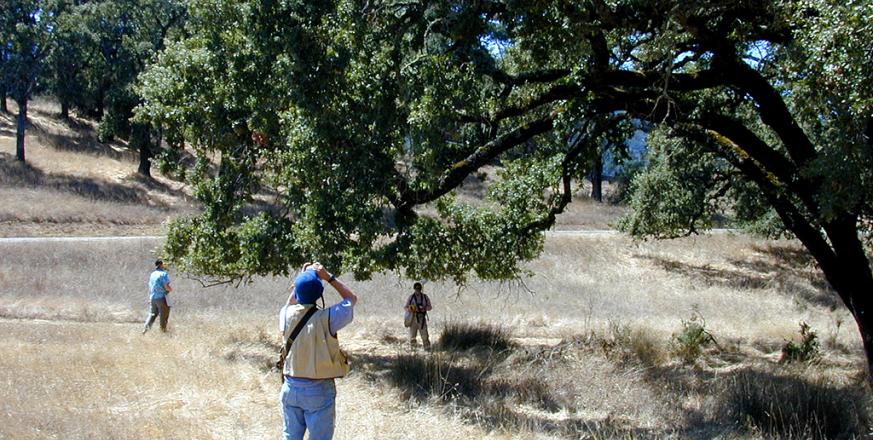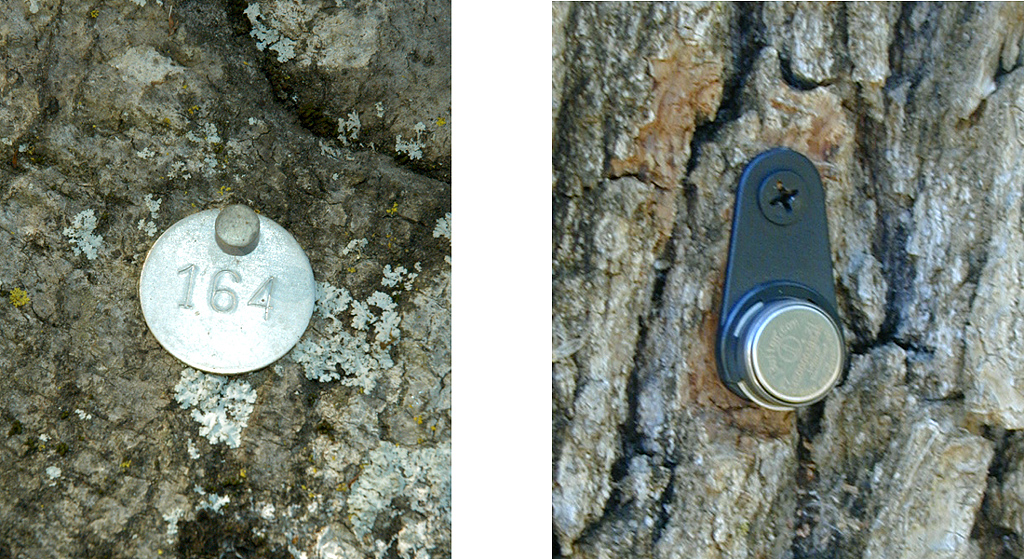Regional surveys of acorn production and phenology

Summary
Oaks of central California vary considerably in acorn production from year to year, making them good candidates for determining what factors regulate acorn production and whether trees are synchronized in the ups and downs of their acorn yield. In 1980, Walt Koenig and Jean Knops began surveying acorn production by several hundred trees at Hastings Natural History Reservation, and in 1989, they added 99 individual oak trees at JRBP to their survey (along with another site). Each year between mid-September and early October, Koenig and Knops scan each tree's canopy from two different angles, count as many acorns as possible in 15 seconds, and then add their two counts. This simple index provides a reliable, quantitative index for comparing across species, individuals, and sites.
The goal of the study is to determine whether there is synchrony within sites and synchrony across sites, and if so, whether environmental variables account for it. The three species surveyed at JRBP--Quercus lobata, Q. douglasii,and Q. agrifolia--are all one-year species, meaning that acorns maturing in the autumn of a given year were initiated in autumn of the previous year and were pollinated and fertilized during the intervening spring. Two-year species such as Q. kelloggii and Q. chrysolepis, are studied at the other sites.
Major conclusions from the study are that Q. lobata and Q. douglasii tend to produce larger crops of acorns in years when April is warmest, while Q. agrifolia tends to produce larger crops one or two years after a very wet year. Across the three sites, strong correlations exist between both critical weather factors and acorn production by these three species of oaks. This study is an outgrowth of longterm work by Koenig on the relationship between acorn woodpeckers and acorn production, which is basic to the woodpeckers' success as cooperative breeders.
Project Location (Sectors 21, 22, 30, 31, 40, 41)
 |  |  |  |  |  |  |  |  |
 |  |  |  |  |  |  |  |  |
 |  |  |  |  |  |  |  |  |
 |  |  |  |  |  |  |  |  |
 |  |  |  |  |  |  |  |  |
 |  |  |  |  |  |  |  |  |




